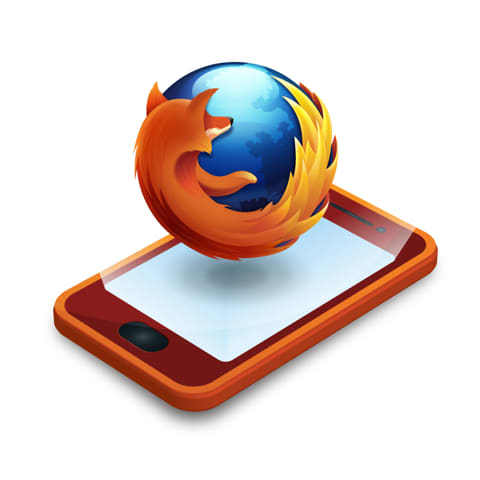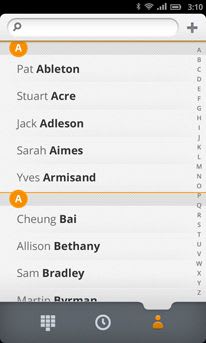Welcome Firefox OS

There are many Mobile Operating Systems in the market. Some of them are up to the mark and also successful in gaining the Market’s and People’s attention. Now here comes another strong competitor in this battle, the Firefox OS.
The first device with Firefox OS will cost less than $100 (Rs 5,500). This was revealed by Matthew Key, the chief operating officer of Telefonica, a telecom operator which will be using Mozilla’s upcoming mobile operating system that was announced recently. He also revealed that Brazil will be the first country to receive the device, which will arrive before March 2013 and will be manufactured by Alcatel and ZTE.

Key also said, “The operating system will be better and cheaper than the Android operating system from Google, and will also address update and fragmentation issues that plague Android.”
The operating system will be able to reach most parts of the world since its official roll out as prominent operators have said that they will render support to it. These include the likes of like Deutsche Telekom, Etisalat, Smart, Sprint, Telecom Italia, Telefonica and Telenor (Uninor in India).
During the Mobile World Congress in February 2012, Mozilla had said that it will launch its own HTML5-based mobile OS for smartphones. The upcoming OS, which was earlier called Boot To Gecko, will be an open platform, wherein the HTML5 based apps will be able to access functions like calling.




Even though Google’s Android OS also has HTML5-compatible apps, they cannot access such core functions the same way that stock apps can. This flexibility in the platform will mean that the web apps will be compatible with all editions of the OS, including the most recent ones.
Since the apps will run on the cloud, the devices running Firefox OS will not need expensive hardware, thereby lowering the price of the smartphone without affecting its features. Moreover, the HTML5 support will attract developers since most developers are already well versed with this web standard.
Phones running on Firefox OS will have all the standard features, such as camera, Bluetooth, USB port and Near Field Communication. The platform will be made available for others after W3C will assess and approve the web API standardisation.

